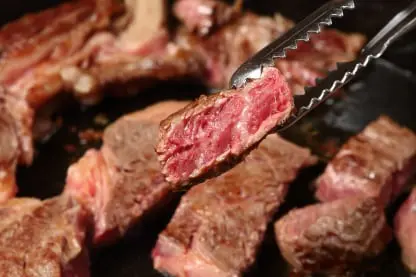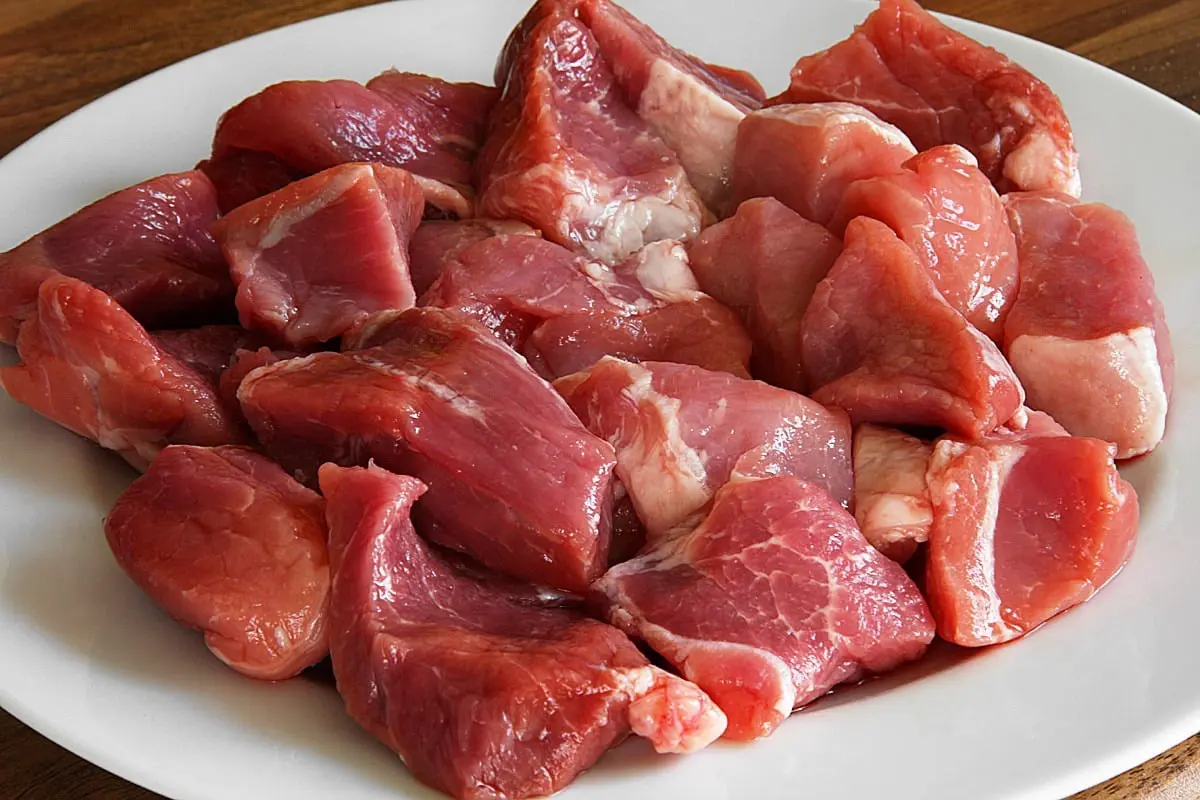Meat inventory management:
Meat inventory management software solution for meat packers, processor, slaughterhouse. Manage meat inventory expiry, drying, meat inventory shipping and sales. Meat inventory management for domestic and export meat.

Inventory is essentially the product that you have on hand at any moment. If you are purchasing product from farmers and then selling it wholesale or retail, this is the product in your freezer waiting to go out the door. It has not yet been sold to your customer, so the inventory you have on hand is based on how much you think you need to buy to satisfy demand. How much you can buy depends on how much capital (money) you want tied up in your storage facility.
HOW MUCH INVENTORY DO I NEED?
How much you need depends on how readily you want to be able to fill orders. There are some out there who believe that you should have enough inventory so that a customer can call and order anything they want, in any amount and you'll have it. Others believe you need "just enough." Just enough will be determined by historical volume you do in the past, taking into account future trends.
1. Understand Your Yields
To replenish your inventory, no matter the philosophy you choose (well stocked, or playing it tight) you'll need to periodically order, or create more inventory. Some shops simply order sub-primals and fabricate the various cuts that those pieces yield. Others are more intricate and require managing several different process steps to create more inventory, for instance processing whole animals.
No matter how simplistic or complex the process is to create inventory, yield is a driving factor in how you will create, and value, that inventory of finished product. This may sound obvious, but the point here is not that you need to factor in yield when replenishing inventory - the point is that most shops do not do a good enough job of really understanding the value that is either gained, or lost due to the yield of the raw material. How do you value your bi-products? How do you track your yield? How are you valuing labor? To what extent does your finished product price factor in these finer points of yields?

Benefits of Inventory Management
Keeping track of your inventory allows you to make sure you have plenty of the necessary cuts of meat on hand to take advantage of sales opportunities. Monitoring the age of your inventory allows you to put meats on sale before they go bad, reducing waste. Knowing how much inventory you have and its age also helps you reduce the risk of ordering meat you don’t need or forgetting to order cuts that are running low. If more than one person has access to your inventory, keeping track of your meat can help you spot and reduce theft.
By Cut
An obvious way to inventory your meat is by the cut. This will allow you to keep the right amount of each in stock. For quick reference, keep track of unbutchered meat by cuts to let you know how many strips, ribeyes, roasts or other cuts you can sell to meet demand. You’ll avoid losing sales if you can accurately keep enough of each cut in your store to meet anticipated demand.
Keeping track of your meats by cut also helps you control your costs if you pay a delivery fee. Thinking you have enough of one cut, finding out you don’t, then having to place an extra order can raise your costs.
By Date
Once you’ve cataloged your meat by cut, put the date by each piece of meat. If you are keeping inventory using a computer spreadsheet, this helps you check quickly when certain cuts are expiring or note on a daily basis what meat you need to sell soon. This allows you to put older meat on sale or create other promotions to help it move.

1. Implement a First In, First Out Policy
The First In, First Out (FIFO) approach is a helpful meat inventory management strategy in which the items that have the soonest sell-by dates or have been stored for the longest time should be sold first.
To properly implement FIFO in your meat inventory management system, you need to identify meats that will expire first and label them accordingly. Then, arrange your meat displays so that items with quickly approaching sell-by dates are at the front, and items with farther-out sell-by dates are toward the back.
This labeling and organizational system will ensure that no meat is wasted and that you have steady, predictable turnover in your grocery store’s meat department.
2. Print Custom Meat Labels
To prevent spoilage and protect the freshness of your grocery store’s meat inventory, you need to be able to print proper labels for your meat products. These labels should include critical information like packed, sell-by, and expiration dates that can help you and your team ensure that all meats on display are fresh.
Labels are also helpful to customers when they include clear information about the cut of meat and the amount in each package. Plus, labels make the checkout process speedier and more accurate if they include a barcode and pricing information.
To make labels a part of your meat inventory management strategy, you need a point of sale (POS) system that supports custom label and barcode printing. Meat processing industry play a major role in today's world. The global meat industry is a global business hitting 315 million tons of meet worldwide in year 2014.Meat in its broad definition is animal tissue, used as food. Meat industry is one of the top food industries in the world. The importance of meat in the food habit of human being is already evidenced by its extensive use. The study has been undertaken in Indian Meat Company. The company was originally designed to slaughter and process 30 pigs. The meat products of India diversify its activities by handling cattle, buffalo, goat, rabbit and poultry utilizing the available facilities. At present the company is processing forty six varieties of meat and meat products derived from the above species. The study deals with the inventory management at Indian Meat Company. There are basically three types of inventory which constitute the smooth functioning of the organisation. These include raw materials, work in progress and the finished goods. Finished goods are those goods that have completed the manufacturing process but have not yet been sold or distributed to the end user. In accounting language inventory means stock of finished goods only. The study aims to understand the inventory management existing in the company. Indian Meat Company possess several varieties of meat products. These products are produced in bulk without considering their consumption pattern or level. It is therefore very important to manage the inventories efficiently and effectively in this organization. This study aims at finding out the yearly differences on purchase value of products at Indian Meat Company. Data used for the research was collected from secondary sources. The data is analysed by calculating FSN analysis and the ANOVA test. Tables are used for presenting the data. A better inventory management will surely help the company in solving the problems the company is facing with respect to inventory and will pave the way for reducing the huge investment or blocking of money in the inventory.